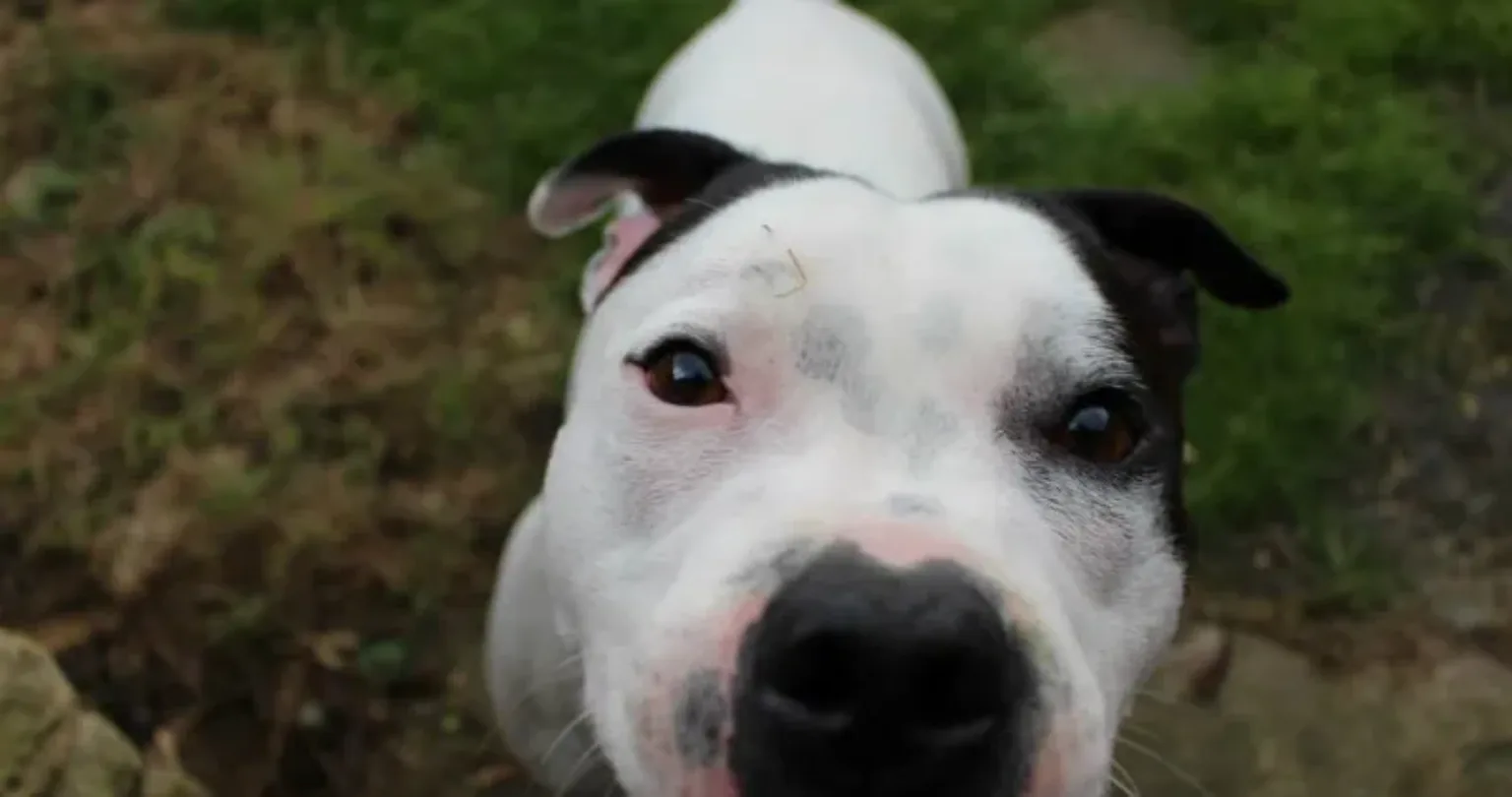When it comes to pets, we've all got questions
Ever feel like your pet is from another planet?

The canine parvovirus or CPV is a highly contagious viral illness that affects dogs.
The virus comes in two different forms. The more common form is intestinal, causing vomiting, diarrhoea, weight loss and lack of appetite. The less common form is cardiac, which attacks the heart muscles of very young puppies, often leading to death.
The majority of cases are seen in puppies between six weeks and six months old. The incidence of canine parvovirus infections has been reduced radically by early vaccination in young puppies.
The best prevention you can take against CPV infection is to vaccinate your dog and follow your vet’s advice carefully afterwards. Your puppy shouldn’t be socialised with other dogs until at least two weeks after their primary vaccinations.
Since the disease is a viral infection, there’s unfortunately no real cure for it. Treatment is focused on curing symptoms and preventing secondary bacterial infections. Intravenous fluid and nutrition therapy will maintain a dog’s normal body fluid after severe diarrhoea and dehydration.
It’s a good idea to discuss costs with your vet before you start any treatments.
Even after your dog has recovered from a CPV infection, they’ll still have a weakened immune system and will be susceptible to other illnesses.
Your dog will also continue to be a risk to other dogs for at least two months after their initial recovery – you’ll need to isolate your dog from other dogs for at least this period of time. When your dog recovers, they’ll have long-term immunity against the parvovirus, but this isn’t a guarantee they’ll never be infected again.
Make sure you review the clinical history of your new dog and ask for more details on how the infection was treated. You’ll need to sign a disclaimer to confirm you’ve been made aware of the condition. Any dog who’s had CPV is likely to have pet insurance exclusions, so it’s worth discussing potential on-going costs with your vet.